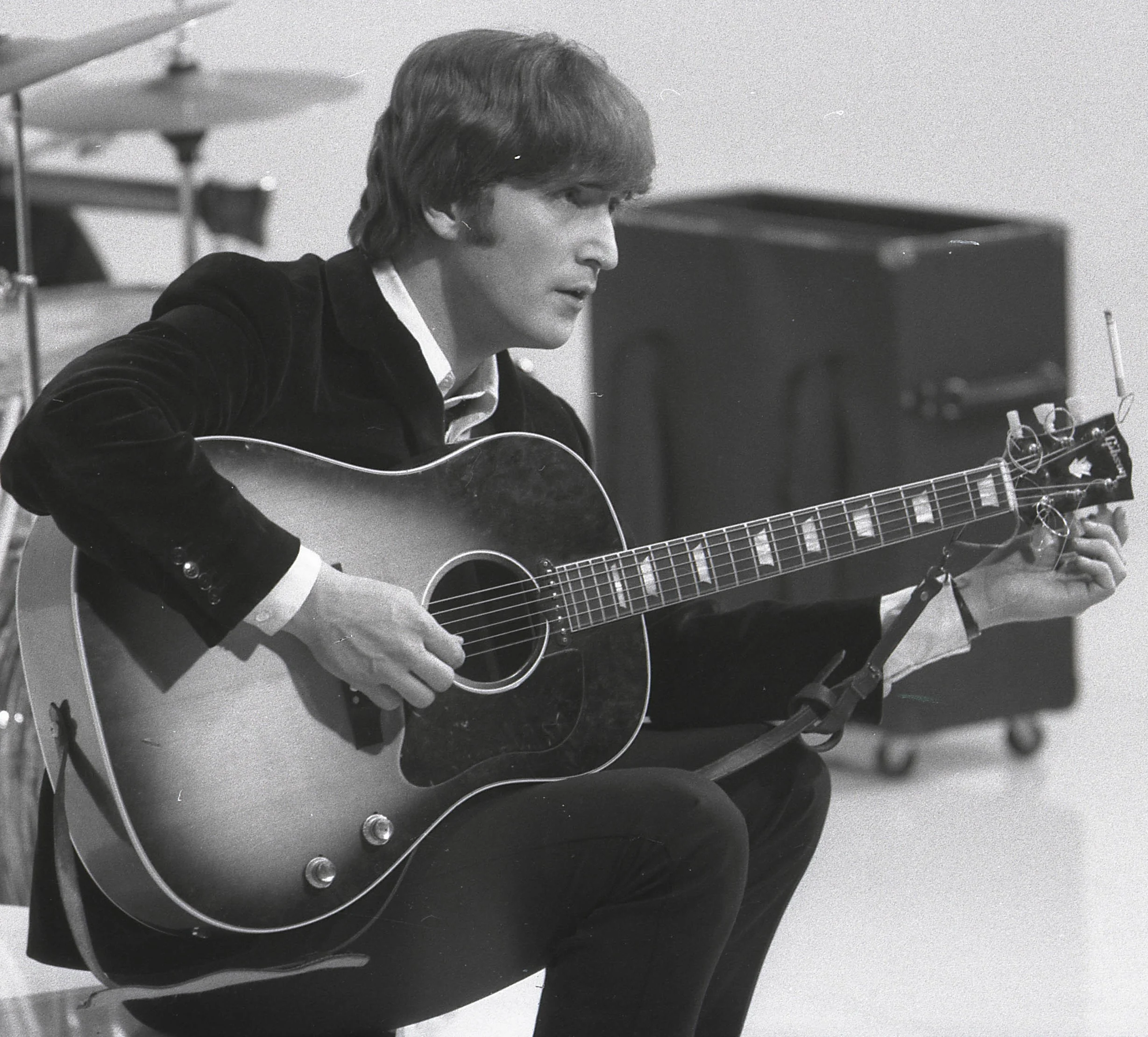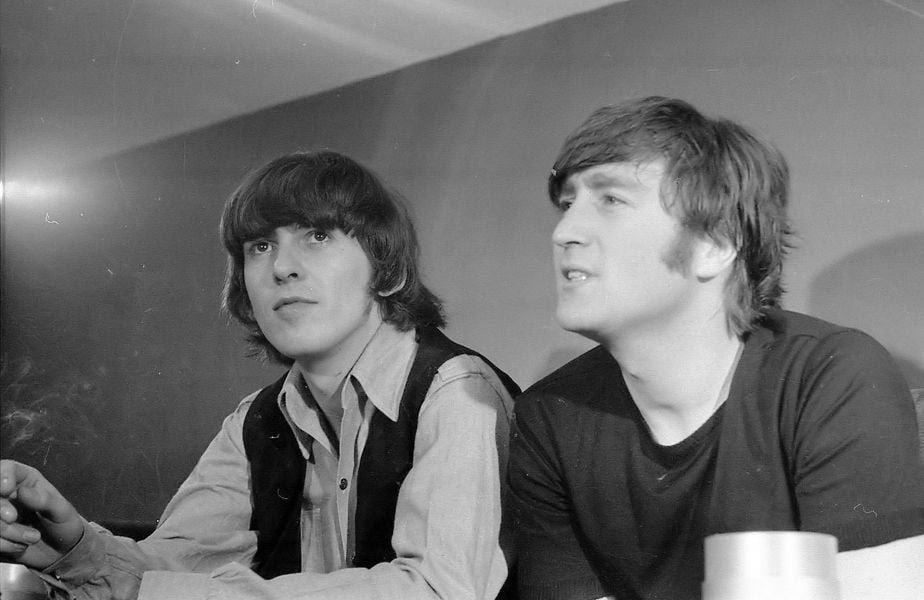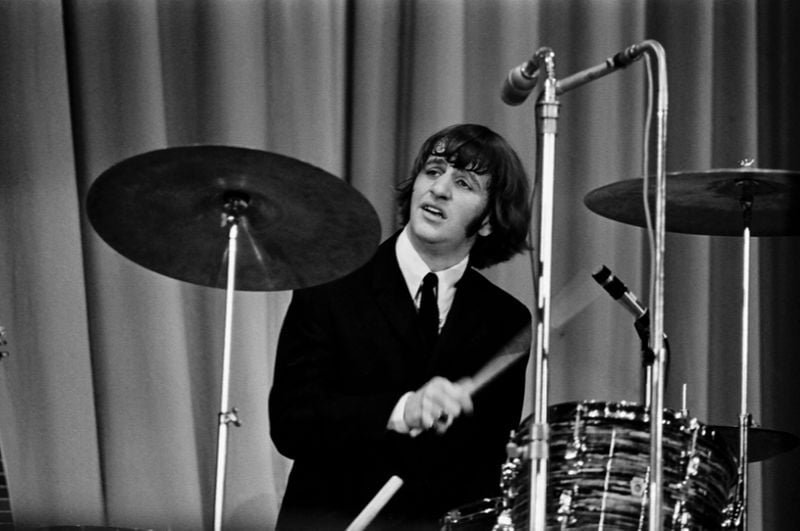
The Beatles’ sound is so intrinsically linked with pop music it can be easy to forget that they were capable of turning it up to eleven if they needed to. While songs like ‘Helter Skelter’ and ‘Don’t Let Me Down’ are full of guts, nothing rang the rock and roll bell just like ‘Revolution’, a number featuring on their 1968 double LP and one that suggested the band were going back to their roots.
John Lennon once said of the band as they released their mammoth double LP, The White Album: “What we’re trying to do is rock ‘n roll, ‘with less of your philosorock,’ is what we’re saying to ourselves,” recalled the singer, making it seem only natural that this rock sound progressed after the record too. “And get on with rocking because rockers is what we really are. You can give me a guitar, stand me up in front of a few people. Even in the studio, if I’m getting into it, I’m just doing my old bit… not quite doing Elvis Legs but doing my equivalent. It’s just natural. Everybody says we must do this and that but our thing is just rocking. You know, the usual gig. That’s what this new record is about. Definitely rocking,” he added.
They certainly did just that, the iconic ‘Revolution’ perhaps standing up as one of the most straight-forward rocks songs the band ever produced. The B-side to Paul McCartney’s ‘Hey Jude’, it was a John Lennon number that put the band at the fulcrum of rock once more and tore through the airwaves at parties all over the country. Here, we’re taking a look at the guitar that turns the song into a fuzz-filled spike of rock and roll steel.
The song remains a notable fuzzy mark on an otherwise glistening CV of expertly crafted studio songs. It sees The Beatles take on a brand new sound and kick the distortion up a few notches. By this point in The Beatles’ career, with The White Album behind them, Lennon thought it was about time the group made a statement on the growing counter-culture and ‘Revolution’ was his moment.
“We recorded the song twice. The Beatles were getting real tense with each other,” remembers Lennon of getting the song on the tape. “I did the slow version and I wanted it out as a single: as a statement of The Beatles’ position on Vietnam and The Beatles’ position on revolution. For years, on The Beatles’ tours, Brian Epstein had stopped us from saying anything about Vietnam or the war. And he wouldn’t allow questions about it. But on one of the last tours, I said, ‘I am going to answer about the war. We can’t ignore it.’ I absolutely wanted The Beatles to say something about the war.”
At the time of the recording, distortion was being heartedly used across studios to provide a blistering edge to rock and roll records—but when The Beatles grab a hold of the idea for this song, they add a few spices to the heady concoction. Geoff Emerick told Guitar World that Lennon had been attempting to create distortion by cranking up his amp during sessions for the slower version of the song known as ‘Revolution 1’. That cut was recorded in May and June with Emerick achieving the sound by overloading the preamp on Lennon’s guitar mic. It was not enough, “No, no, I want that guitar to sound dirtier!” Lennon told the engineer.
Emerick was keen to get it right and by July he had set up a way of moving Harrison and Lennon’s guitar directly into the mixing console. Using direct boxes to do meant overloading the input preamp causing the sound to distort even further. “I remember walking into the control room when they were cutting that,” recalls Abbey Road engineer Ken Scott to GW “and there was John, Paul and George, all in the control room, all plugged in—just playing straight through the board. All of the guitar distortion was gotten just by overloading the mic amps in the desk.”
As Emerick says in his 2006 memoir Here, There and Everywhere, it was a move that put studio equipment in jeopardy: “I couldn’t help but think: If I was the studio manager and saw this going on, I’d fire myself.” It was also a move that would again mark The Beatles as one of the most progressive bands in the business.
While George Harrison’s lead guitar duties have always been well received by those in the know, John Lennon’s rhythm guitar takes centre stage on this track. Fuzzed up and ready to roll, the powerful riff is untethered and let loose upon the audience.




